 Stress is a common enemy in physical and mental health. Yet many yoga teachers–and especially your students–don’t fully understand the negative impacts of chronic stress on your well-being. This article gives you a simple definition to understand stress as well as its effects on the nervous system. Better still, you’ll discover three powerful ways you can use yoga to reduce stress starting now!
Stress is a common enemy in physical and mental health. Yet many yoga teachers–and especially your students–don’t fully understand the negative impacts of chronic stress on your well-being. This article gives you a simple definition to understand stress as well as its effects on the nervous system. Better still, you’ll discover three powerful ways you can use yoga to reduce stress starting now!
I just finished a week-long training by Yoga Medicine on the subject of mental health. It brought a smile to my face to hear others teaching about neural pathways and cognitive schema. In fact, much of the material is what I taught to my Chico State students in the kinesiology department. (because, you know, your thoughts greatly impact your body and performance).
What I kept thinking during the training is that much of this material isn’t really covered in any 200-hr certification program. And since so many of your students come to yoga to reduce stress, it’s important you have an understanding of the subject. So here’s a quick run-down on stress if you’re new to the material (and it’s a great refresher if you know it already).
I highly suggest you read all the way through this article. The specifics of how to use yoga to reduce stress, as well as my suggested resources on the topic, are at the very end. Enjoy!
Photo Credit: Diane Nicole Photography
THIS THING CALLED LIFE
There are numerous factors that make each human being unique. Everyone has a specific set of genes that comprise your DNA. Plus, you had a very distinct experience in the womb of your mother and in your childhood upbringing. Now, as an adult, that individuality continues as you make numerous lifestyle choices each and every day.
Your DNA as well as those experiences that determine your personality, beliefs, and behaviors impact your ability to handle the challenges of life. And let’s be honest, life is full of demands.
 Thankfully, scientific research has come a long way in the past 100 years. It was once thought that your genes or upbringing determined your response to stress. Now studies show that you can consciously make changes in your mindset and habits today to offset the past (and thus change the outcomes in your future).
Thankfully, scientific research has come a long way in the past 100 years. It was once thought that your genes or upbringing determined your response to stress. Now studies show that you can consciously make changes in your mindset and habits today to offset the past (and thus change the outcomes in your future).
The Power of Epigenetics
Yes, it’s true that you have 23 pairs of genes given to you before birth. Your genes then code for proteins in the cellular structure, and tell the cells what to do. These strands of DNA are like the letters on the page of a book. They’ve been printed and can’t be changed.
However, the study of epigenetics today puts the power back in your hands. Imagine that you have a highlighter and a sharpie in your hands as you read your DNA (the words on a page). You get to highlight the activity that’s important in your body—the actions that you want to remember and perpetuate. And you can take the sharpie and cross out the ones you don’t.
The DNA hasn’t changed. Those words are still on the page. Yet you had the power to select which words are seen–or which genetic code gets expressed–as well as which ones aren’t. Very cool!
What does this mean in simple terms?
The actions you take each day, like the way you move your body, the thoughts you think , and the food you eat, all influence which genes get expressed in your system. This means that you are not a victim to your body—you are in charge of it to create a healthy future. It also means you can alter the way you handle stress down the road, too.

Photo Credit: Ember and Earth Photography
WHAT IS STRESS?
Before I go too much further into this topic of yoga to reduce stress, it’s important to understand that there are two kinds of stress—eustress and distress.
Eustress is an arousal of your body’s system in which you have heightened levels of focus. You might be facing a challenge, but you are motivated by it and thrive in the learning process. This positive form of stress can also be called your zone of genius, where you have fun in the learning process.
When you hear the word stress used today in a negative context, people are referring to distress. This type of stress is experienced when you don’t have the resources to meet the demand in front of you. The end result is you feel overwhelmed and uncomfortable. And since performance is often not great in these conditions, you verbally beat yourself up along the way.
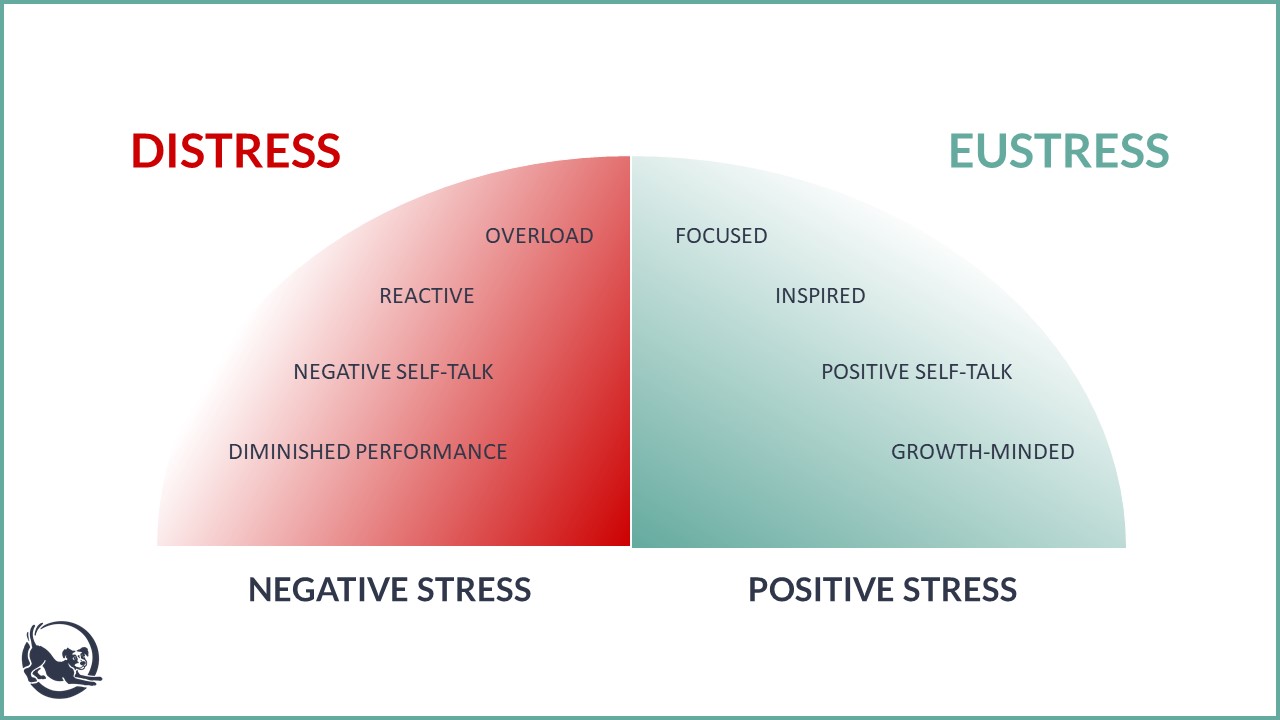
THE NERVOUS SYSTEM AND STRESS
The image below shows an in-depth view of the nervous system structure. The central nervous system is basically your brain and spinal cord. The peripheral nervous system covers everything else. It’s in this latter element that you often hear about the autonomic nervous system. This is what is most refered to when you hear about using yoga to reduce stress.
So, what happens to the nervous system In the face of stress.
Well, the autonomic nervous system is further broken down into enteric division, sympathetic nervous system, and parasympathetic system. When you’re under stress, the sympathetic nervous system kicks into high gear. This is the fight or flight response that prepares you for the challenge ahead. Your pupils dilate, you get hyper focused, your heart rate increases and the blood is your system is ready to mobilize you for action.
This is great when you face an urgent threat, like running from a predator. Yet, the problems humans face is that even when the actual threat is removed and the stressor is not longer present, the body tends to stay in this aroused state. Your mind replays the event over and over in your head, which keeps your sympathetic nervous system ramped up.
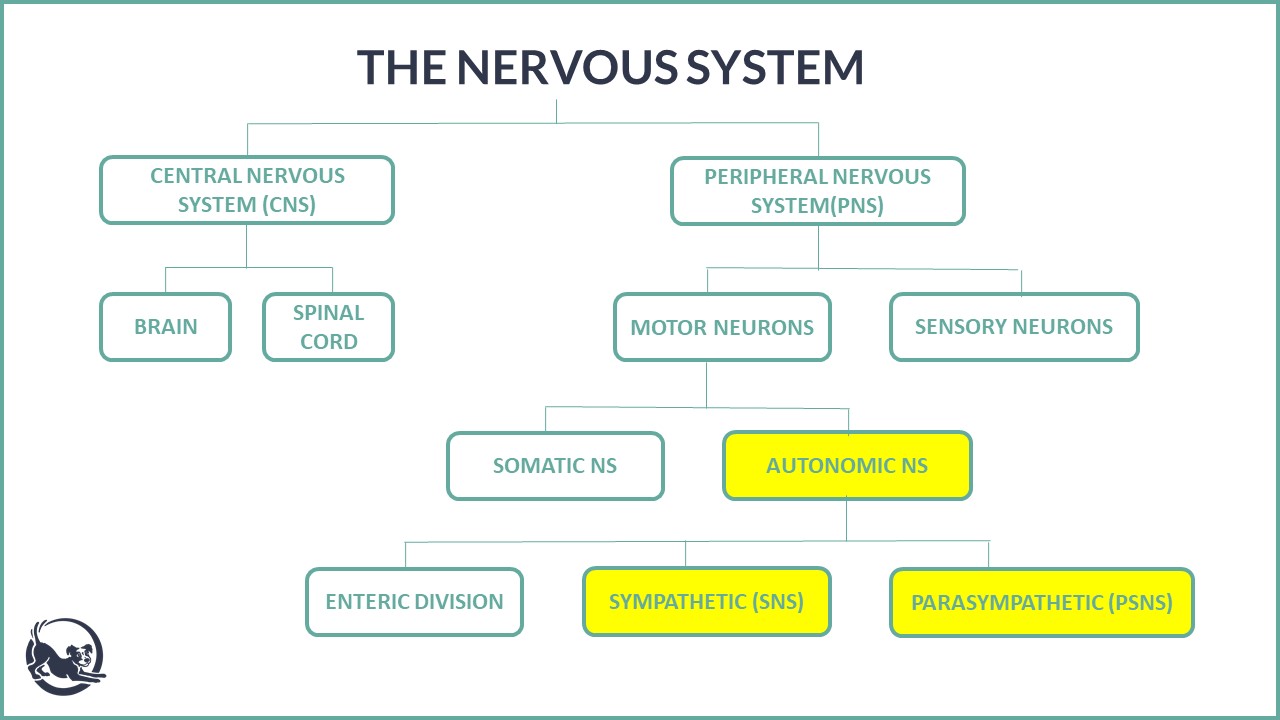
LONG-TERM EFFECTS OF STRESS
So, in addition to your sympathetic nervous system kicking into gear under stress, your endocrine system does too. That’s your hormonal system. Various neurotransmitters, such as adrenaline and noradrenaline begin to then send messages to your body via neural networks.
These hormones cause negative long-term effects on the body and brain, such as:
- fatigue
- reduced memory function and concentration
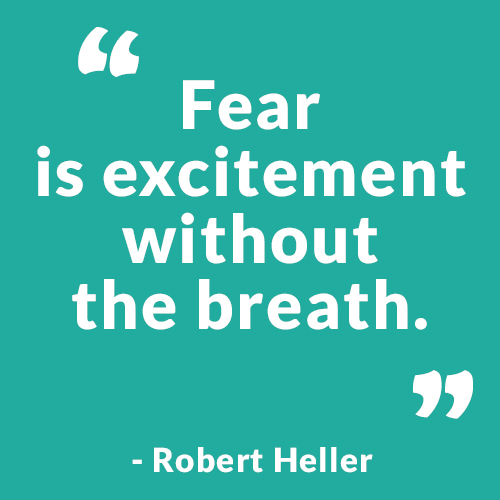 decreased sleep quality
decreased sleep quality- reduced ability to experience pleasure
- digestive issues
- increased anxiety and fear
- weight gain, and much more!
The good news is that you can use yoga to reduce stress, and the prolonged engagement of the sympathetic nervous system.
Turn on the Parasympathetic Nervous System (PSNS)
Yoga does this by turning on the parasympathetic nervous system. This is the arm of the autonomic nervous system that is known as the “rest and digest” function. When the parasympathetic system kicks into gear, your heart rate lowers again. This is due to the release of the hormone acetylcholine.
Keep in mind here that you want both the SNS and PSNS to work together. You just want them to do their respective jobs at appropriate times. And even when you experience eustress, like athletic competitions or an invigorating work project, you still want to turn on the parasympathetic response afterward to find inner balance again.
USE YOGA TO REDUCE STRESS
There are three main ways you can use yoga to reduce stress. You can target the body, the breath, or the mind. Here’s how you can do this today:
Shift the Body
Stress experienced over a longer period of time can cause tension to accumulate in the body. That’s why a physical yoga practice can be very beneficial. You can get your students into various asana to reduce pain and disperse tension. Plus, as you know, asana is a great way to build strength and confidence to cope with stress that may arise in the future.
Keep in mind that if you lead a movement-based practice, it can be very helpful to have moments of stillness to reflect on the changes in the body. You can also lead your students with clarity when you instruct them to set an intention around reducing stress at the beginning of class. Plus, you use a class theme that focuses on relaxation or improved awareness.
Other great options include the use restorative yoga postures at the end of class. Or, you can utilize a yin practice or myofasical release techniques to further increase the parasympathetic (calming) response in the body.

Alter the Breath
You’ve probably heard about the vagus nerve. This is cranial nerve 10, which means it originates in the brain stem, yet it’s actually considered part of the periphery nervous system.
Why? Well, this nerve sends information from your medulla oblongata (which regulates heartbeat, respiration, and digestion) down to your visceral organs. Basically, this vagus nerve can turn on the parasympathetic response in the heart, lungs, and digestive tract.
Since the vagus nerve runs past the back of the throat, you can influence your body responses via the breath. Simply cue your students to take longer and slower cycles of breath to calm the body. Or you can use Ujjayi pranayama as well. Check out this home pranayama practice (and follow-along video) to do so now.
Re-calibrate the mind
You might have noticed there is a constant stream of thoughts that run through your mind. Oftentimes, people are not aware of these internal beliefs. Yoga teaches conscious awareness and invites students to become aware of their inner dialogue. You often take this a step further. You encourage students to detach from those thoughts and feelings–aware of them, but not controlled by them.
This level of mindfulness can reduce self-criticism that often accompanies stressful situations. Detachment can also minimize worrisome thoughts and increase attention in the present moment.
So, use yoga to reduce stress by re-calibrating the mind from its attention on the past (or future) and discover the amazing power to be focused right here, right now. Simply cue your students to focus on their current pattern of breath, any physical sensation in the body, or even any sound in the room to train the mind in this way.
MY FAVORITE RESOURCES TO UNDERSTAND STRESS
Scientific research has come a long way in understanding stress and its effects on the body and mind. The good news is that much of that data is packed in easy-to-understand books and movies. Here are some of my favorites:
Molecules of Emotion, by Dr. Candace Pert. You’ve heard the body and mind are connected, and this straightforward read will connect the dots as to how your emotions influence your physical health.
Why Zebras Don’t Get Ulcers, by Robert M. Sapolsky. As a human being, you are a unique species in how you perceive and manage stress. This book is a great way to understand how stress can impact your body (and how to offset that stress response so you can reduce anxiety, sleep well, and enjoy meaningful relationships).
The Biology of Belief by Bruce Lipton PhD. If I set school curriculum, I’d assign this book to all middle school science classes. It’s a profound and simple look at cellular biology, and how your perception of the world (and stress) actually affect your overall well being. You can also opt to watch this fascinating lecture if books aren’t your thing.
Breaking the Habit of Being Yourself, by Dr. Joe Dispenza. I briefly mentioned how your mind and lifestyle habits control gene expression (discovered via the study of epigenetics). This book makes this complicated subject of science really easy to understand and apply to your life.
What the Bleep do we Know? If you prefer visual entertainment, this movie combines research from many of the above books and puts them in story form. You’ll discover how emotions impact your health and how your perception of the environment determines your response to any incoming stressor. A must watch if you want to feel in control of your life moving forward!!
PUTTING IT TOGETHER
Life is full of challenging situations. Some of these circumstances will be enjoyable, like competing in sports or learning something new. Other times, you can get overwhelmed or frustrated in the face of negative stressors. In both cases, though, your sympathetic nervous system is activated to prepare you to meet these new demands. This is a good thing.
The problem occurs when you can’t relax and the symptoms of chronic stress start to affect the body and mind.
Thankfully, you have the incredible power to teach students how to use yoga to reduce stress. You demonstrate how to shift the body. You teach them to alter the breath. And, by your cueing and focus in each class, you invite students to recalibrate the mind. It’s through all of these means that a person feels more in control of a stressful situation (regardless of the person, place or thing placing demands on you in the moment).
So hop on your mat and enjoy the powerful benefits of yoga to balance your entire being today!
Take action now:
- Join me on the mat for this 75-minute flow class to open the hips and embrace forgiveness. This is a great way to dispense physical tension or stuck emotion in the body.
- Discover our powerful protocol to Forgive the Unforgivable. Yes, negative emotions that arise during stressful times can get stuck in the body (and drain your energy levels). You can use this exercise to release the past and step confidently back into the present moment!
- Invite your students to use yoga to reduce stress this week by using a class theme that focuses on ease, stillness, or the power to change your experience through the focus of the mind.



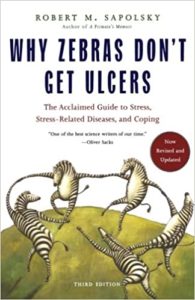
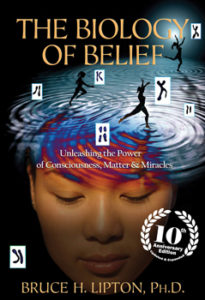
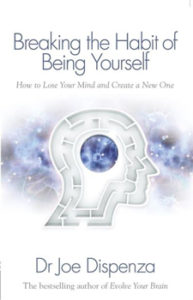







Leave A Comment